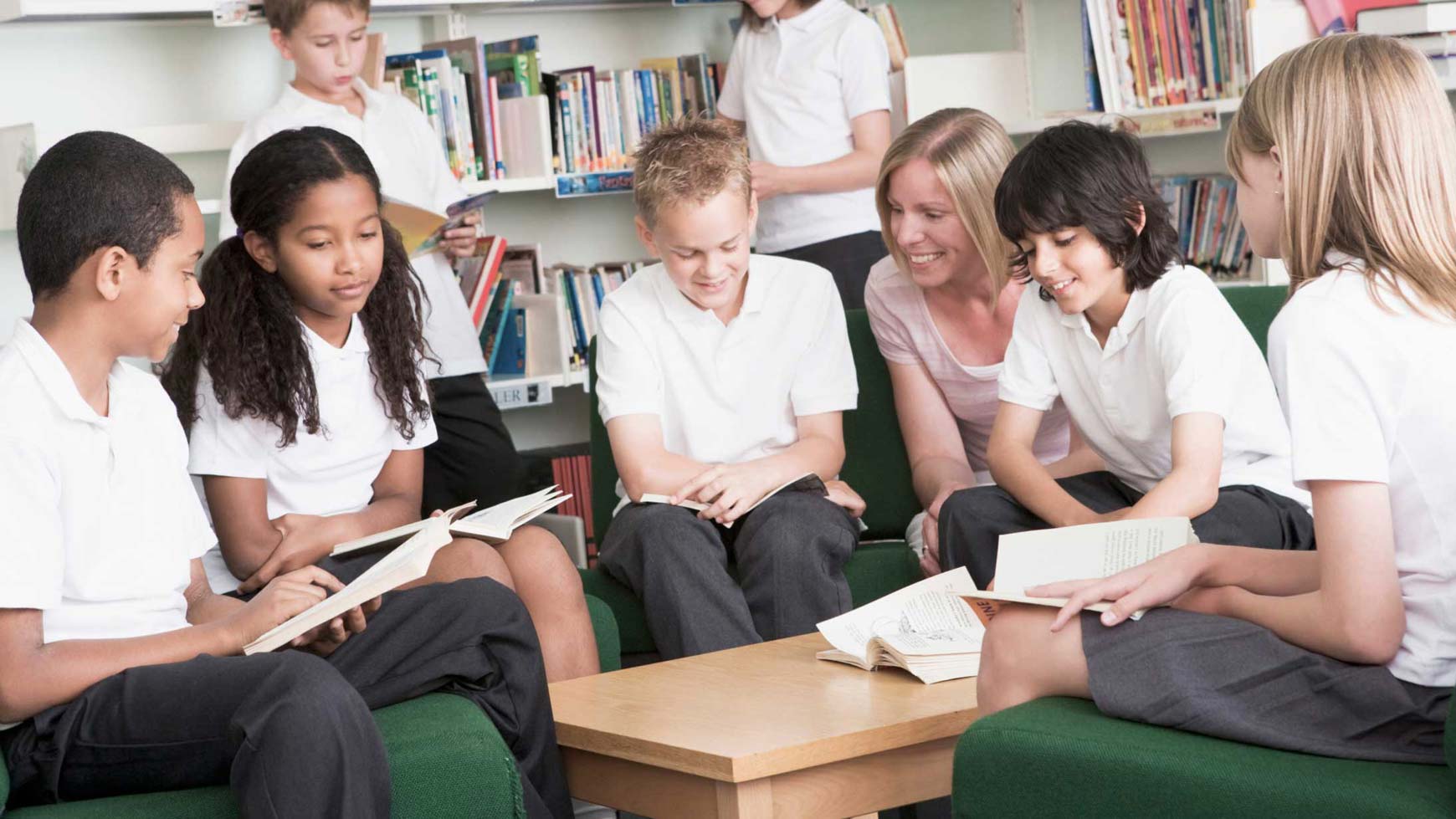Start with some songs and rhymes; learning a few signs to go along with your favourite nursery rhymes is a great idea. ‘Old McDonald’ and ‘I can sing a rainbow’ are good ones for learning and using animal and colour signs.
Top-tips to start using Makaton signing in your classroom
by Vicky Creissen on Dec 9, 2020

Introducing Makaton
Makaton is a language program that uses signs and symbols to help people communicate. It is designed to be used alongside speech, in spoken word order. Makaton appears to be growing in popularity, with recent coverage in the media and in SEND education. If you explore its official website, you will see that over 100,000 children and adults use it every day. It is a fantastic way to make your classroom more communication friendly and support your pupils to develop language skills.
What makes Makaton so great?
When you start to use Makaton, children can take a more active part in life. Communication and language are the keys to everything we do and learn from learning to read to developing our social interaction skills. The benefits of Makaton are endless, but here are a few reasons why it can be so useful for supporting communication in the classroom.
Visual learning
Being visual offers another ‘hook’ or cue that children can latch their language learning onto.
Focus attention
Makaton can really help to focus the attention of children, particularly little ones. If you are signing as you talk or sing you are immediately more dynamic, expressive and exciting to look at!
Easy to learn
Makaton is very easy to learn. I have known many teachers who have been able to pick up the core signs quickly. Many of the signs are logical and easy to remember.
Functional and flexible
It is functional and flexible. To begin with, it’s a good idea to sign key ideas or words in a sentence, for example, if you were saying ‘it’s time to line up’ you would just sign ‘line up’. It can also be built into any element of the school day; from circle time to music lessons, snack time, lunchtime, when teaching new words, giving instructions or helping children problem solve or understand emotions. You name it, signing can support it.

Great for early intervention
You can start using Makaton early! Baby signing has lots of similarities to Makaton and if used consistently from a young age, some babies may even sign before their first words. As a first time Mum, I have been using signs with my baby since she was tiny! On the flip side, it’s never too late to start introducing signs with older children too.
Supports EAL
It’s great for children with English as an Additional Language (EAL). Makaton can be a fantastic universal cue for students who are finding themselves in an environment with a new or unfamiliar language. Of course, we have to be aware of any cultural sensitivities and make sure the signs we use are appropriate. In my first year as an Early Years teacher, I will always remember one of my Chinese students with very little English signing ‘sad’ to me when she saw her peer crying.
Eases frustration
Signing can take away the frustration of being unable to communicate meaningfully or effectively. In any classroom, there is likely to be a range of development in the children we teach, students who might be experiencing a delay in vocabulary learning, difficulties expressing themselves, finding the right words or have unclear speech can all benefit from learning and using signs to communicate.
Supports literacy development
It can support phonological awareness skills. Makaton also uses ‘fingerspelling’ where each letter of the alphabet has a corresponding sign. These can be used to develop children’s awareness of the sounds in words and to attach a sign to people’s names
It’s fun
And finally, and perhaps most importantly, it’s fun! Children love learning new signs, it’s like learning the actions to new songs. There are some great resources out there too!
How to start using Makaton
There are so many fun ways to introduce signing to your setting. The best thing to do is always start simple. There is no need to do everything at once, start with a few signs and build it up from there. Let me give you some examples of the best tips and ideas to get you started.
-
-
Consider having one or two ‘signs of the week’ which all staff and students can focus on. Start with what’s important to your school e.g. functional language that will help children follow instructions, curriculum vocabulary, class names, days of the week, weather etc.
- Keep it fun and motivating. In my previous school we used a puppet who became the signing mascot for the school. He would visit every classroom handing out stickers to students who could show him the weekly signs and classes could earn certificates.
- Get everyone on board by creating a ‘whole school approach’. Consider teaching signs in staff training or weekly briefings, this can help consistency across the school. Celebrate signing successes in assemblies and you can even create a signing notice board in a central location of the school. This can help to keep parents informed too.
- Take advantage of free resources. The Makaton website is excellent and offers some resources for free. Others you need to purchase but I find it’s reasonably priced. You can also subscribe to their weekly sign of the week updates that come with a video link so you can watch the sign being demonstrated.
So there you have it! You are almost set for signing success but before you go, let me answer a couple of common questions that I have heard teachers and parents ask;
“Will a child become over-reliant on signs?”
No. Many children will drop the signs naturally at their own pace, as they develop speech. Some findings have also shown that some older children who are taught non-verbal communication systems show a spontaneous increase in oral communication. So in a nutshell, it does not hinder, it helps!
“What if the sign is not completely accurate?”
A lot of signs are quite logical and what you would expect them to be so you can often hazard a guess and you won’t be far wrong! Then just keep it consistent, ensure you and your classroom team are using the same signs for the same words and your children will soon begin to pick it up too.
What’s the worst that can happen? You have children that don’t need to rely on the signs to support their communication, but there will always be some that do. So, there really is no excuse! Get signing!
Links & resources
- General mental health (36)
- General Speech & Language (33)
- School Issues (27)
- Primary Schools (25)
- Classroom Behaviour (24)
- Counselling (24)
- Anxiety (22)
- Speech and Language Therapy (22)
- Absenteeism (21)
- SENCOs (21)
- Safeguarding (18)
- Secondary & Sixth Form Schools (17)
- Social Communication (17)
- Funding (15)
- MATs (15)
- Generalised anxiety (14)
- Autism Support (11)
- Language Delay/Disorder (11)
- SEMH (11)
- Relationship Issues (10)
- Speech Sounds (8)
- AAC (7)
- ADHD Support (7)
- Autism (5)
- Hearing Impairment (5)
- Depression (4)
- Selective Mutism (4)
- Anger (3)
- Cleft Lip/Palate (3)
- Downs Syndrome (2)
- Ofsted (2)
- Phobias (2)
- Stammering (2)
- Loss (1)
- Self-Harm (1)
- Suicidal Thoughts (1)
You may also like
These related stories

Top tips to help children develop their speech and language at home

How do pupils learn to read?
